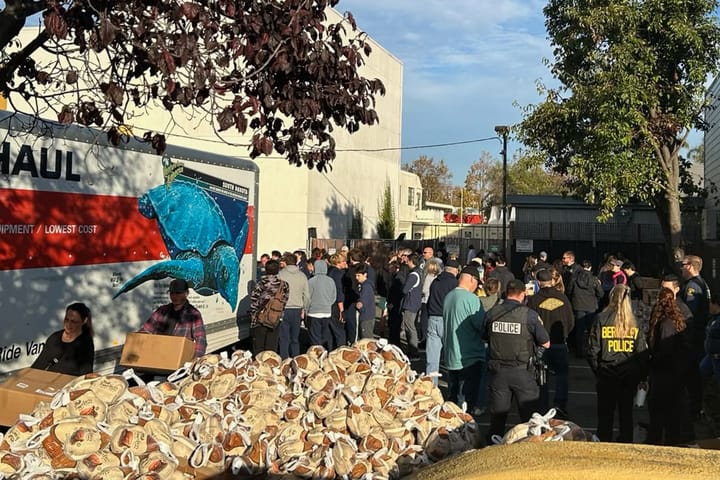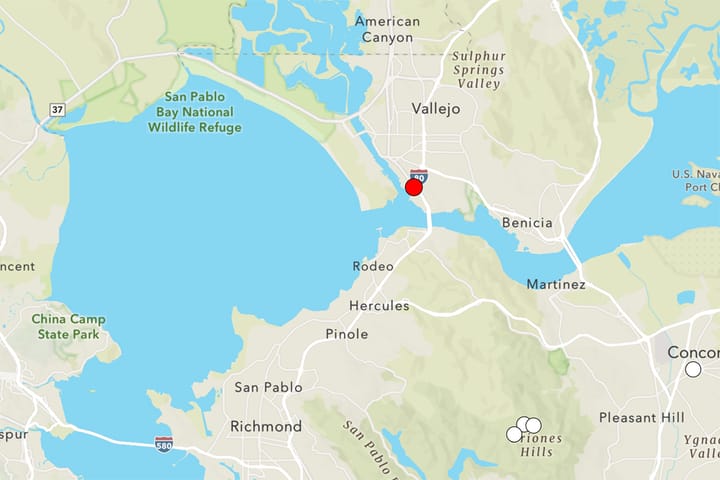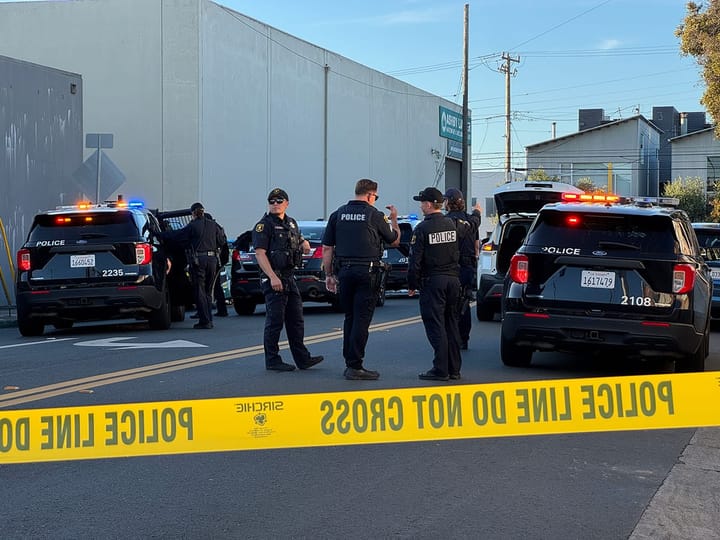Berkeley fire patrol volunteers will be on duty July Fourth
"Everything's so dry in and around Berkeley," the group's president said Thursday. "Fireworks just present ignition possibility everywhere."
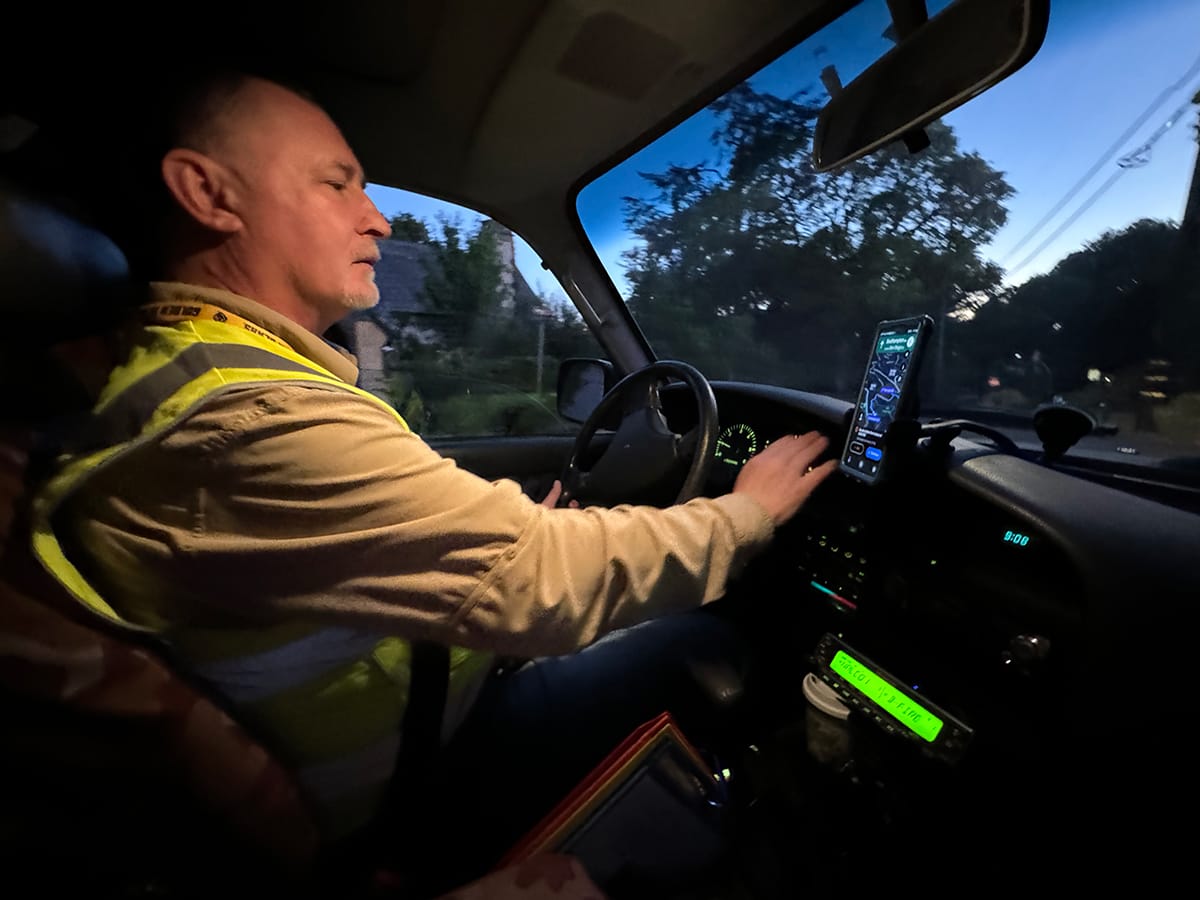
A group of volunteer ham radio enthusiasts will be on duty Friday in the Berkeley Hills keeping watch for fireworks and other wildfire hazards as the city celebrates July Fourth.
The group, which goes by NALCO for short — for Northern Alameda County Amateur Radio Emergency Services (ARES) and Radio Amateur Civil Emergency Services (RACES) — has a formal agreement with the city of Berkeley, dating back decades, to spring into action when needed.
In addition to regular practice drills, the group runs roving fire patrols in the Berkeley Hills when the Berkeley Fire Department puts out the request. That generally happens on extreme fire danger days.
This Fourth of July will be the group's third consecutive year on fire patrol, said Weldon Bradstreet, NALCO president.
"Everything's so dry in and around Berkeley," he said Thursday afternoon. "And fireworks just present ignition possibility everywhere."
NALCO's fire patrol volunteers will be on the lookout for more than smoke and fire on Friday.
They will also keep watch for any hazardous conditions that could lead to fire or hinder an emergency response, including barbecues in city parks, low-hanging tree limbs and wires, blocked fire hydrants, large crowds and parked vehicles that could keep firefighters from getting around.
"We are extra eyes and ears for the Berkeley Fire Department — for early detection of any type of wildfire activity," Bradstreet said.
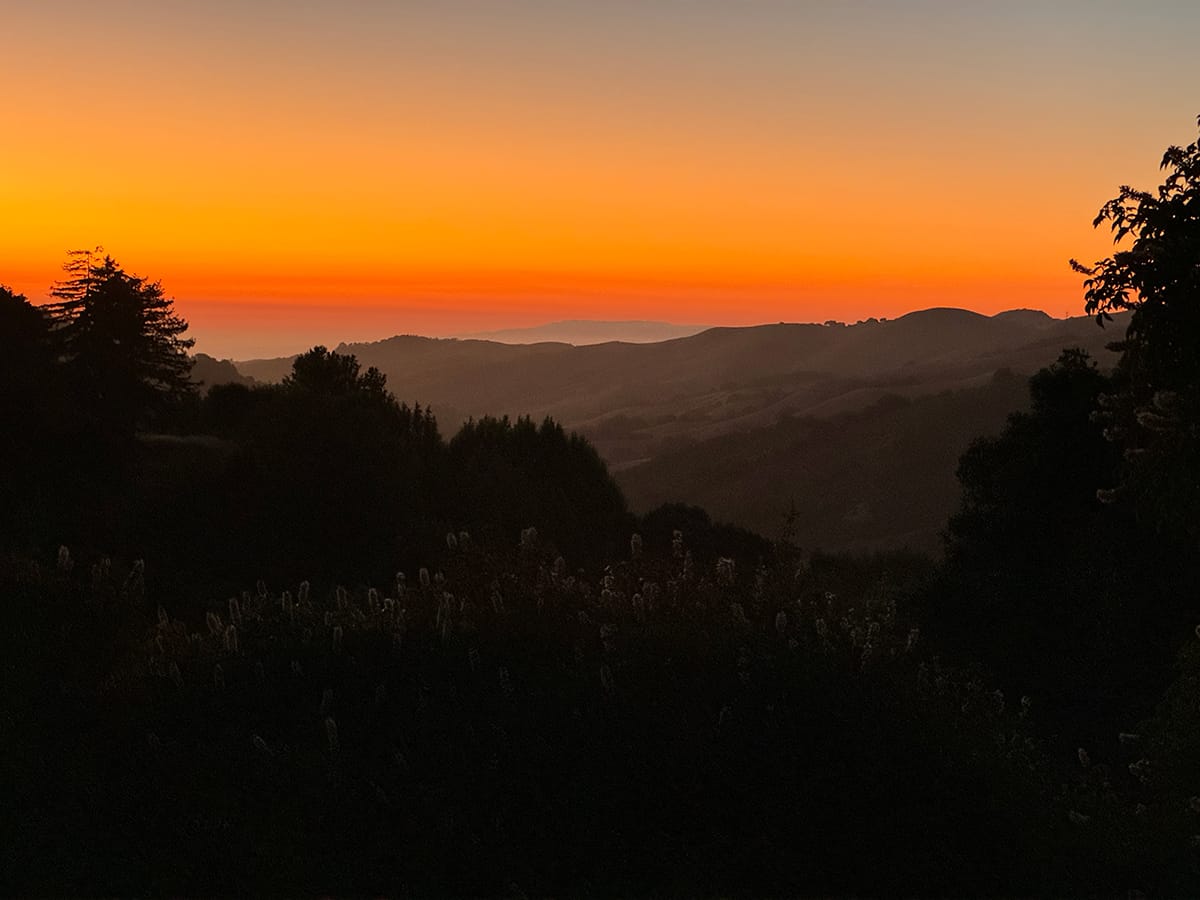
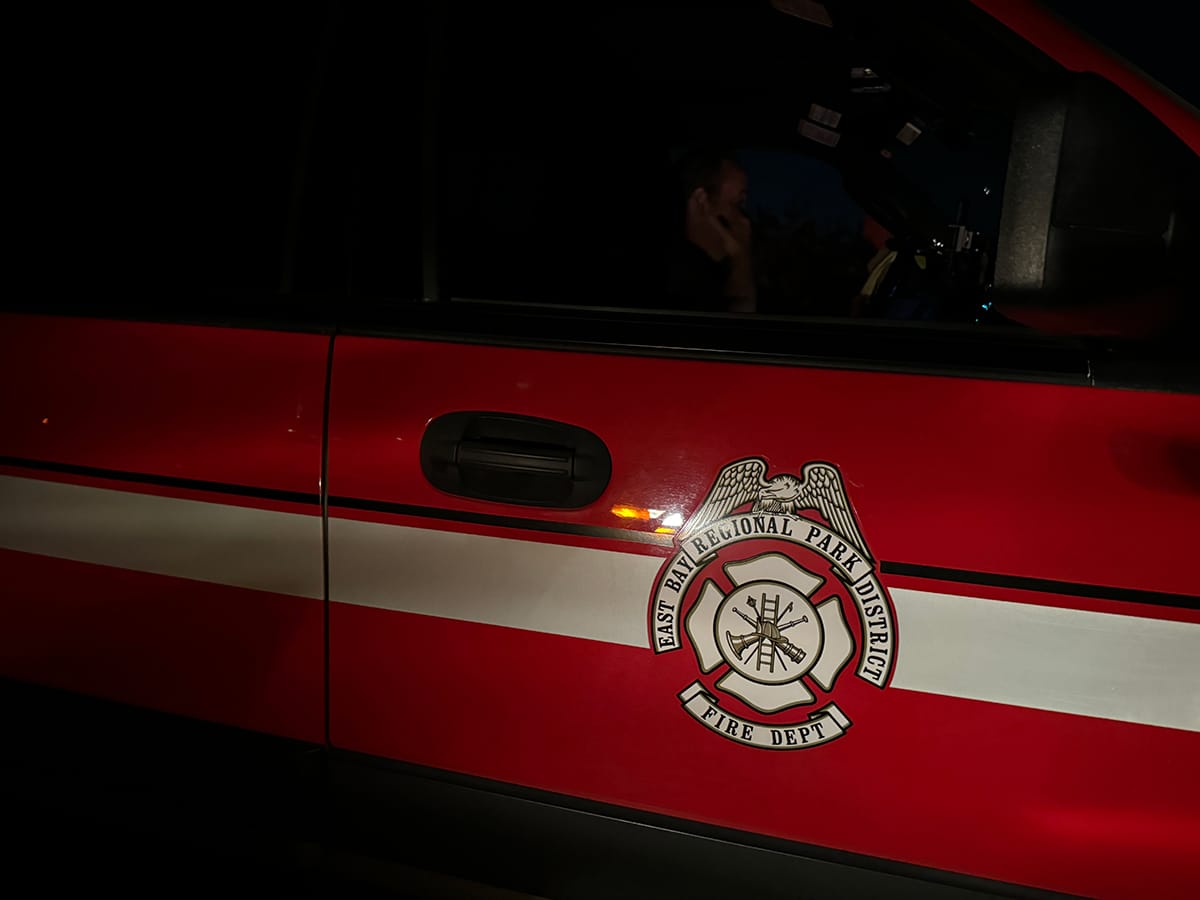
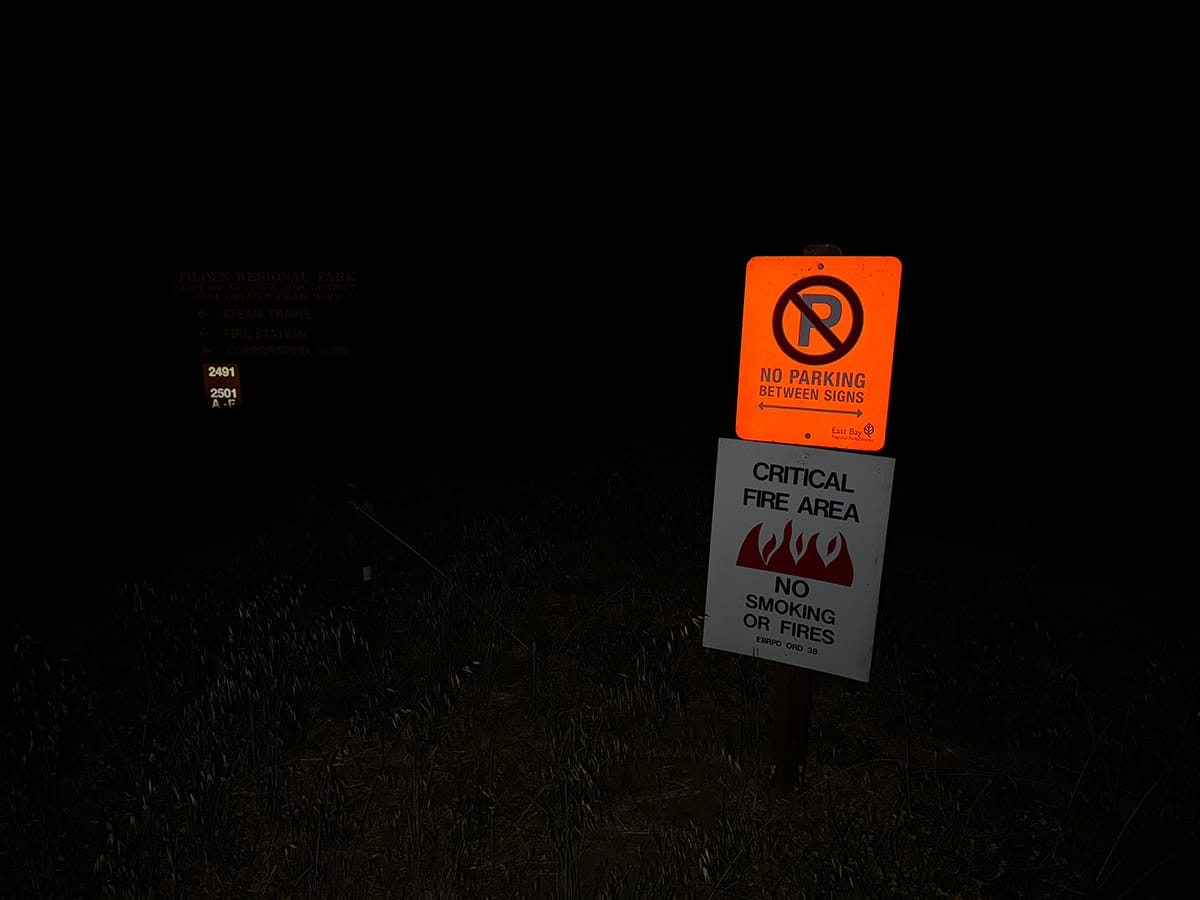
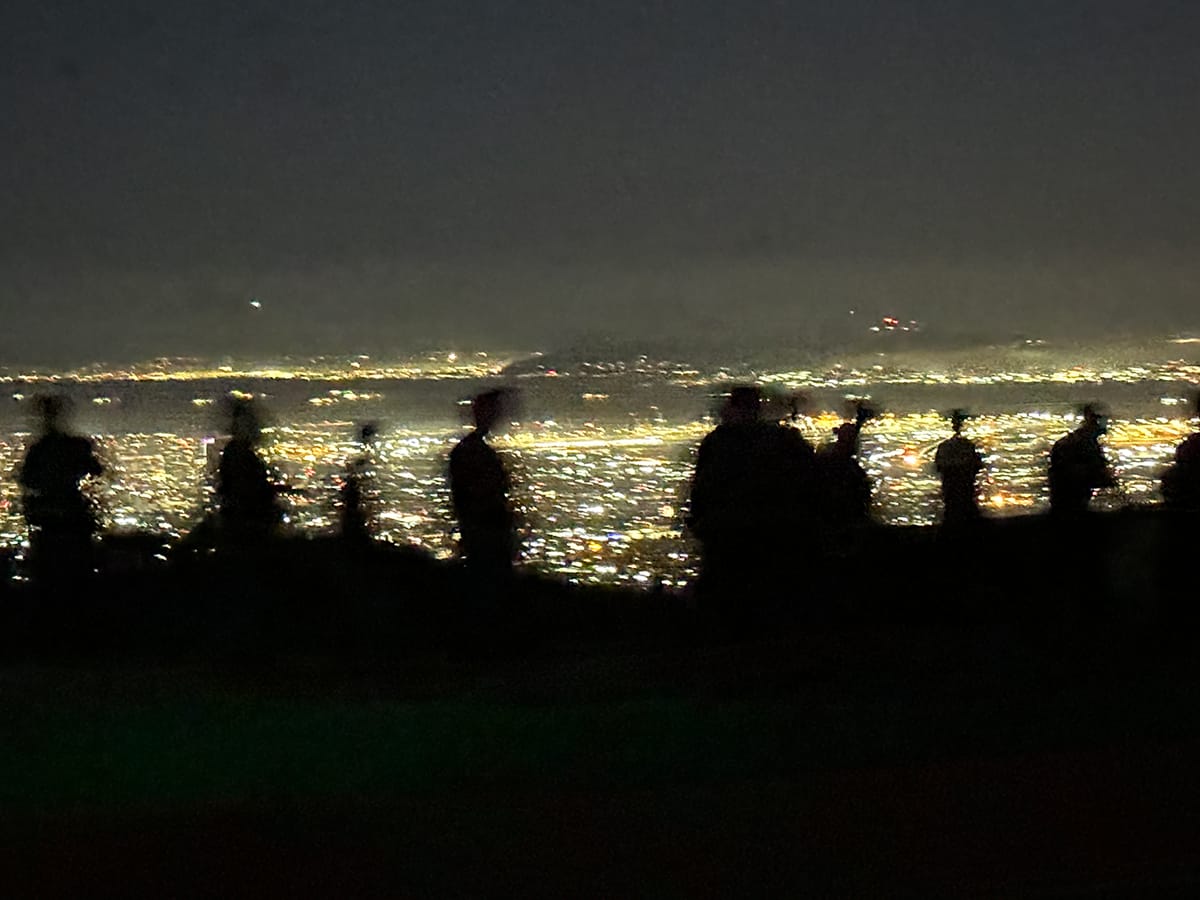
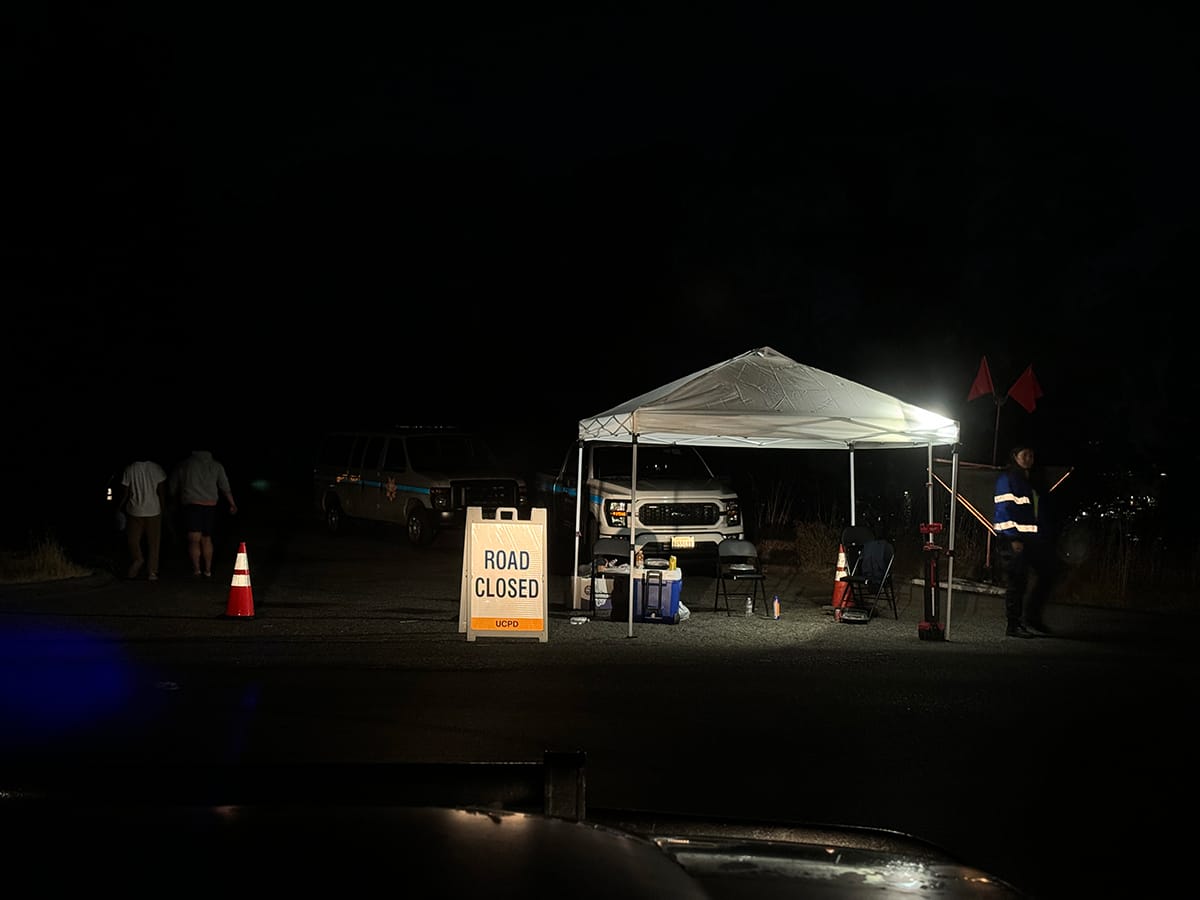
On duty with a NALCO fire patrol last year. Emilie Raguso/TBS
Over the years, NALCO members have spotted everything from fireworks in Berkeley parks to downed power lines and wires, blocked hydrants and drivers flouting Berkeley Hills parking rules.
BFD has also asked NALCO fire patrols to investigate reports of smoke to find the source (often wood-fired barbecues).
The group has also organized patrols during Public Safety Power Shutoffs, planned power outages controlled by PG&E.
Those events can be tricky, in part, because many cell towers have no battery backups, making more eyes and ears in the field that much more critical.
The last few years have seen increasing fire restrictions in the Berkeley and Oakland hills, such as roads closed to non-residents, closed lookouts on Grizzly Peak and increased police patrols in the neighborhoods.
On the whole, Bradstreet said, the public has become more aware of the risks posed by wildfire, particularly since the Santa Rosa fire in October 2017 and the Southern California fires this year.
Berkeley Hills residents, he noted, are "pretty tuned in to fire danger. But it's still good to have us out there."
That's because a homeowner might not see a wildfire threat until it's too late.
"Since we're roving around, we're more likely to catch something in its very early stages — before it starts moving toward people's properties," he said.

Over the years, NALCO has worked with the Berkeley Fire Department to come up with three primary routes for its roving fire patrols, focusing on Berkeley Hills areas of most concern: places that could pose the biggest risk to the community should a fire start there.
Those include city parks with barbecues as well as Strawberry Canyon, Claremont Canyon and Wildcat Canyon (where Berkeley's 1923 fire began), Bradstreet said.
"We're paying particular attention to those areas," he said.
Berkeley-NALCO partnership goes back decades
NALCO formed in 1982 with a tight focus on public safety, as opposed to a more generalized amateur radio mission.
The group launched its fire patrols about a decade later, in the early '90s, Bradstreet said.
Initially, the group used pagers and a phone tree to reach its members, according to a feature in a World Radio History issue from 1994.
"Amateur radio played a significant role in supporting fire fighters during that October 20, 1991 fire, but Northern Alameda County (NALCO) ARES/ RACES believed that Amateur Radio could do more," the authors wrote.
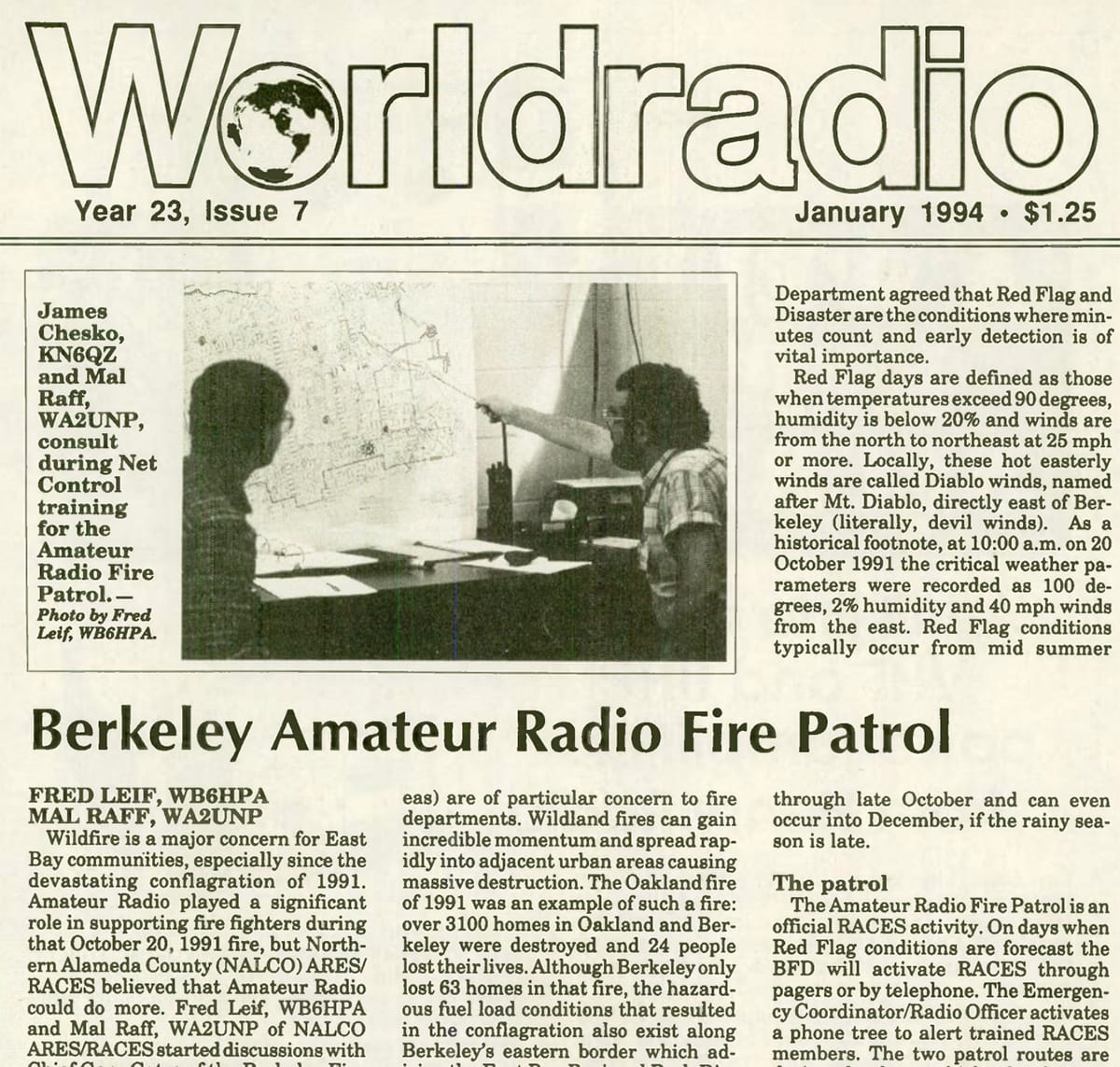
NALCO isn't the only amateur radio effort around, by far: UC Berkeley has its own Amateur Radio Club that began in 1914, while the Oakland ham radio group, the Oakland Radio Communication Association, goes by the name "ORCA" (and features an killer whale on its logo).
There's also the East Bay Amateur Radio Club (EBARC) in Richmond and the San Francisco Radio Club across the bay, along with many others.
In June 2015, Tom Bates — Berkeley's then-mayor — honored NALCO with a proclamation for Amateur Radio Week, calling the group's efforts "invaluable."
Deputy Berkeley Fire Chief Keith May echoed those sentiments Thursday, calling NALCO a crucial partner for the city, particularly because its shifts can be long and its members give their time and skills for free.
Unlike BFD crews, which might get pulled away in an emergency, NALCO patrols keep a consistent, focused watch over critical areas when Berkeley needs it most.
"It may be smoke, it may be a large crowd gathering where they shouldn't be," May said. "If something is suspicious, they'll call it in to our battalion chief."
NALCO tasks include weather measurements on the go
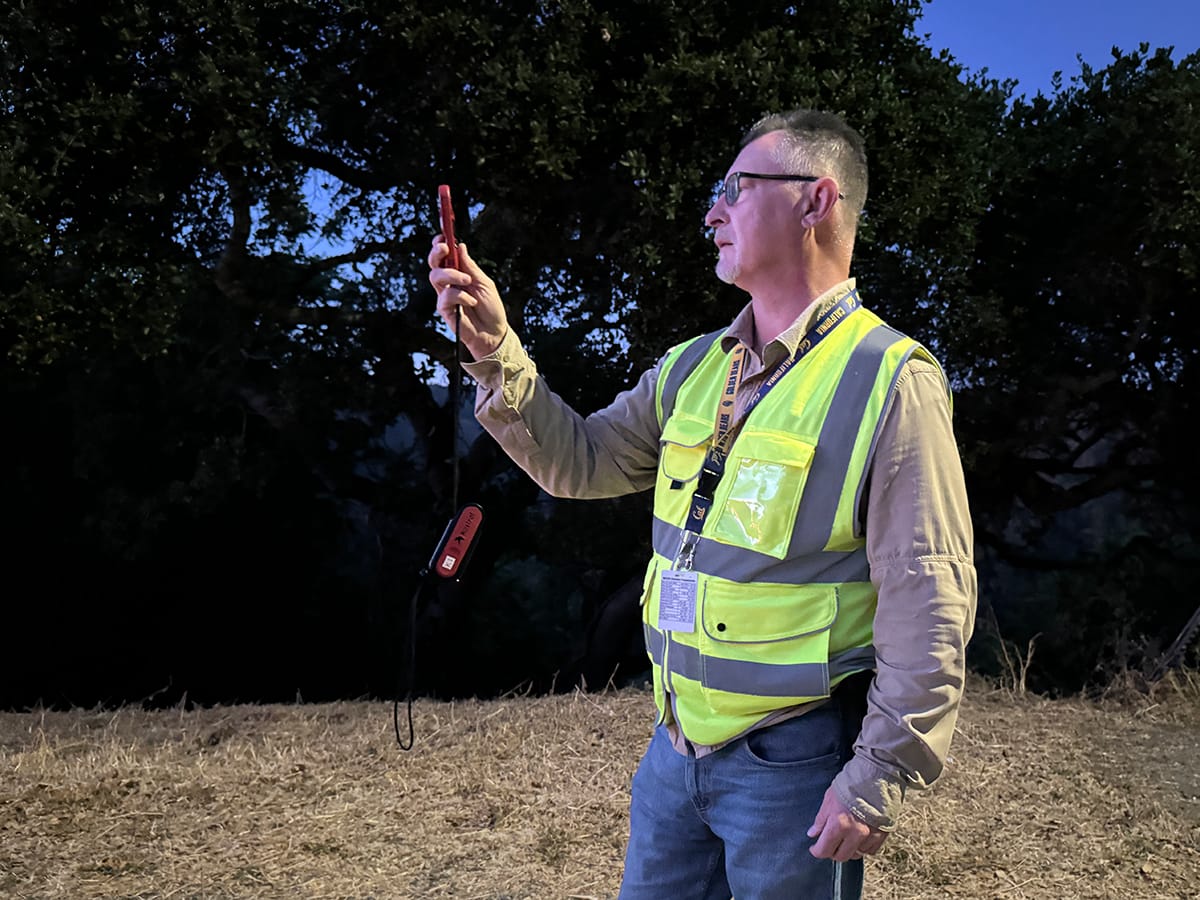
On Thursday, Bradstreet emphasized that NALCO works hard to ensure its efforts are closely aligned with the needs and expertise of the Berkeley Fire Department.
That means only going out on patrol when BFD makes the call.
"We don't do it cowboy-style," he said. "We wait until Berkeley Fire asks us."
During fire patrols, NALCO members have a direct line to the BFD battalion chief if they have urgent updates. They also log less critical reports in a web app that BFD can access in real time.
Part of NALCO's work during fire patrols includes monitoring the weather using mobile devices (provided by BFD) that measure temperature, humidity and wind speed.
BFD is able to see that data, too, and uses it to help determine the level of risk.
NALCO fire patrols have specially-marked vehicles so officials in the hills can easily see why they're there, which can be particularly useful when access is limited.
Sometimes, longtime neighbors recognize them.
"When they see us coming, they'll stop us, they'll wave and thank us for doing that," Bradstreet said.
NALCO members are always prepared to stand down and get out of the area if authorities feel that's needed.
"We haven't had to do it. But it's always on our mind," he said.
How to get involved with Berkeley NALCO
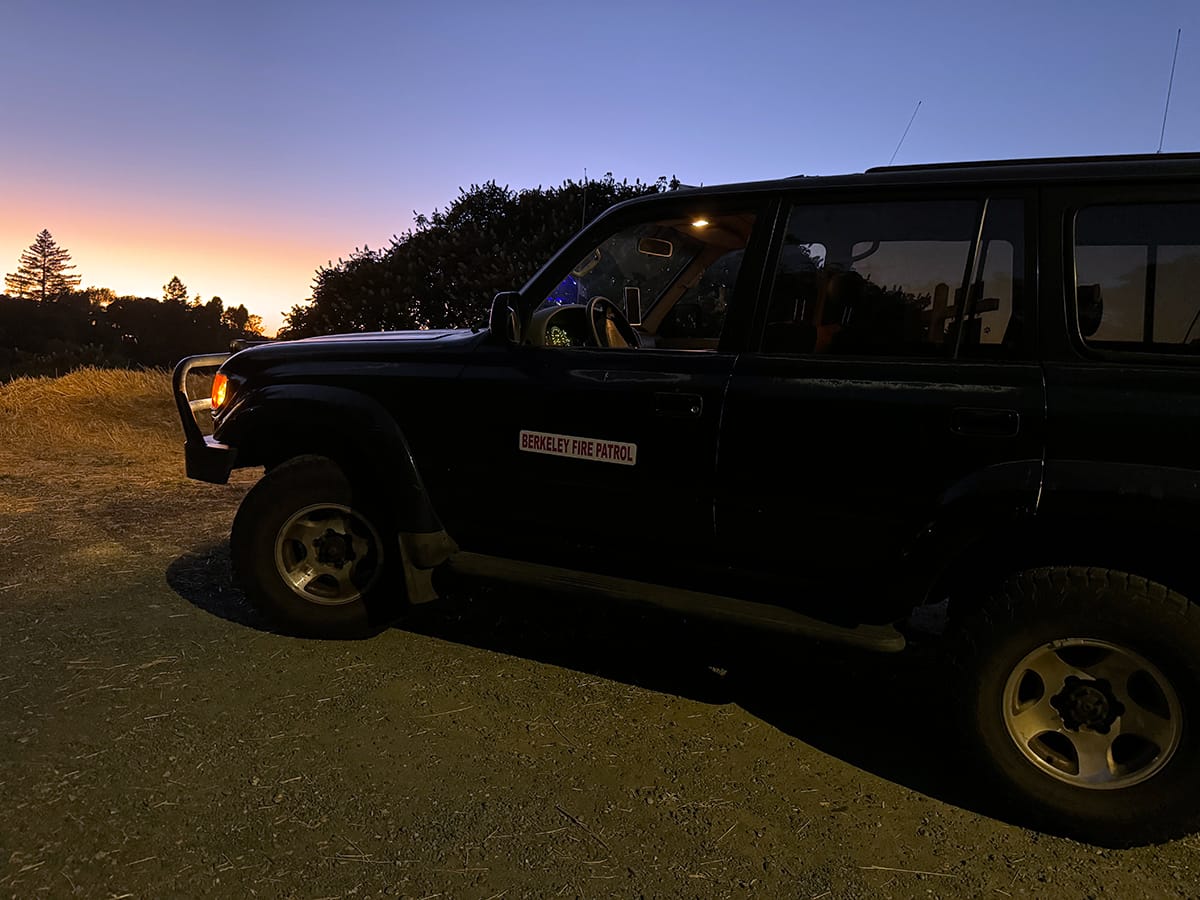
As of Thursday, about eight people had signed up for this year's July Fourth fire patrol, with shifts starting Friday at 4 p.m., Bradstreet said.
The group has an organizing meeting set for Thursday night to hammer out the remaining details.
During Friday's operation, one person will staff a desk with multiple radios, coordinating and overseeing efforts, while others will be on roving patrol along several set routes in and near Berkeley.
NALCO has begun looking at how to expand its volunteer network — which currently numbers about 20 people — and hopes to connect with other ham radio enthusiasts as well as people interested in helping support volunteer disaster preparedness efforts in other ways.
Those who hope to get licensed can do so in as little as a day (during events known as "ham crams"), Bradstreet said. And startup costs for a basic radio setup can be as low as $100.
Throughout the year, NALCO has weekly drills to make sure its radios are charged and ready, in addition to periodic radio exercises that are more involved.
"They're a great way for members to stay in practice so that operating your radio becomes muscle memory and you don't have to think about how to do it when you're operating under disaster conditions," Bradstreet said.
Beyond the drills, NALCO members regularly take new volunteers into the field for training to ensure they know what they're doing should the need arise.
"We're not going to put anyone out there who doesn't know what they're doing," he said.
Anyone who would like to learn more about NALCO can contact the group through its website.


